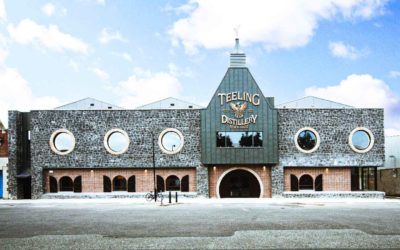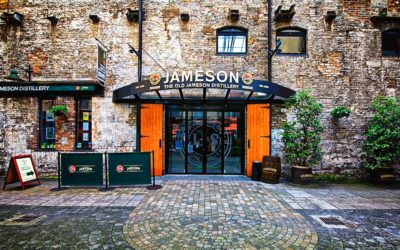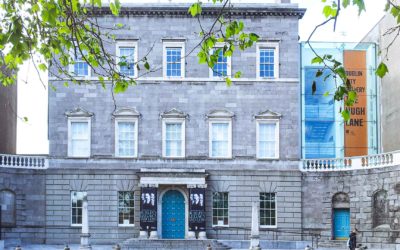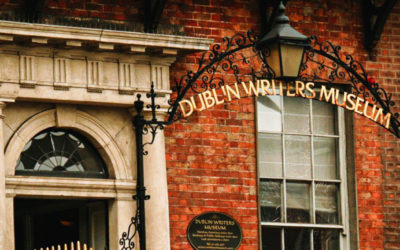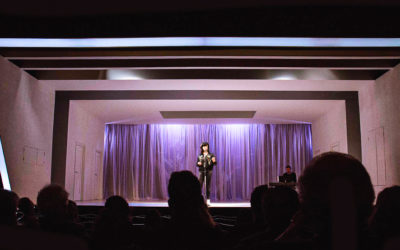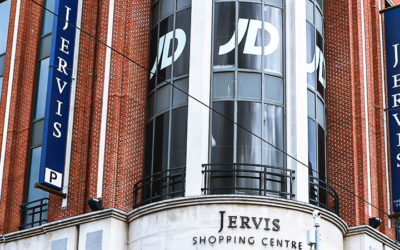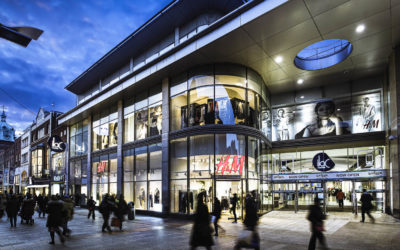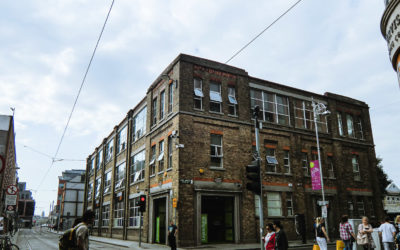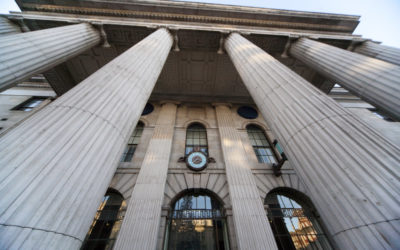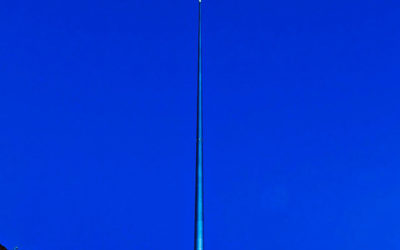St Stephen’s Green – Faiche Stiabhna
St Stephen’s Green (Irish: Faiche Stiabhna) is a city centre public park in Dublin, Ireland. The current landscape of the park was designed by William Sheppard. It was officially re-opened to the public on Tuesday, 27 July 1880 by Lord Ardilaun.
The park is adjacent to one of Dublin’s main shopping streets, Grafton Street, and to a shopping centre named for it, while on its surrounding streets are the offices of a number of public bodies as well as a stop on one of Dublin’s Luas tram lines. It is often informally called Stephen’s Green. At 22 acres (89,000 m2), it is the largest of the parks in Dublin’s main Georgian garden squares. Others include nearby Merrion Square and Fitzwilliam Square.
It is a lovely walk that you can take within 7 minutes away from Dublin Citi Hotel. The park is open from Monday to Saturday at 7:30 / Sunday at 9:30 – until dusk. (around 6 to 9 p.m. depending on the time of year)

The park is rectangular, surrounded by streets that once formed major traffic arteries through Dublin city centre, although traffic management changes implemented in 2004 during the course of the Luas works have greatly reduced the volume of traffic. These four bordering streets are called, respectively, St Stephen’s Green North, St Stephen’s Green South, St Stephen’s Green East and St Stephen’s Green West.
History
Until 1663 St Stephen’s Green was a marshy common on the edge of Dublin, used for grazing. In that year Dublin Corporation, seeing an opportunity to raise much-needed revenue, decided to enclose the centre of the common and to sell land around the perimeter for building. The park was enclosed with a wall in 1664. The houses built around the Green were rapidly replaced by new buildings in the Georgian style and by the end of the eighteenth century the Green was a place of resort for the better-off of the city. Much of the present-day landscape of the square comprises modern buildings, some in a replica Georgian style, and relatively little survives from the 18th and 19th centuries.

In 1814 control of St Stephen’s Green passed to Commissioners for the local householders, who redesigned its layout and replaced the walls with railings. After the death of Prince Albert, Queen Victoria suggested that St Stephen’s Green be renamed Albert Green and have a statue of Albert at its centre, a suggestion rejected with indignation by the Dublin Corporation and the people of the city, to the Queen’s chagrin.
Flora and Fauna
There are over 750 trees found in the park. The perimeter of the green is heavily planted with trees to shelter the park from the noise and air pollution emanating from the city. London plane is widely planted throughout the park, primarily because it is very tolerant of air pollution. Sycamores have a long tradition in the park has been the first trees planted back in the seventeenth century. There is a formal walk planted with lime trees on both sides of the path along the northern boundary of the park. Other trees widely found in the park include evergreen oak, birch, holly, weeping ash, hawthorn, and laurel.

The park is home to a large number of different types of birds, including waterbirds, birds of prey, and passerines. Some of the species found here are goldcrests, magpies, robins, and wrens. There are at least five types of birds living in St Stephen’s Green Park which are of conservation concern in Ireland. Three of these are from the gull family; the other two are the mute swan and the tufted duck.
